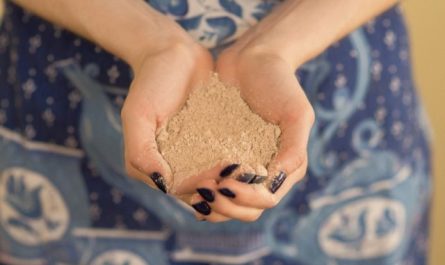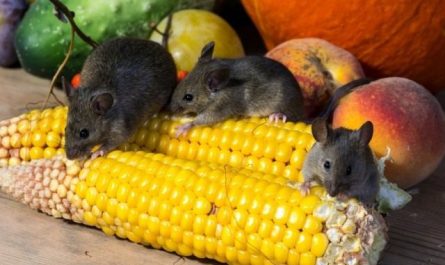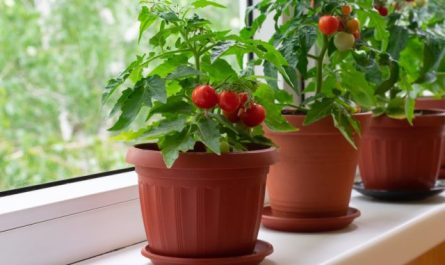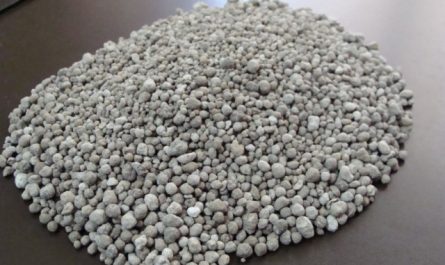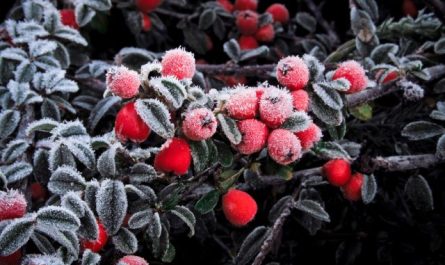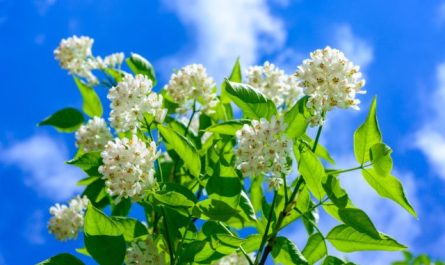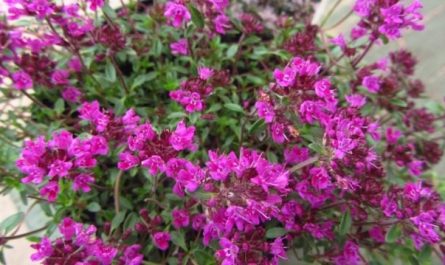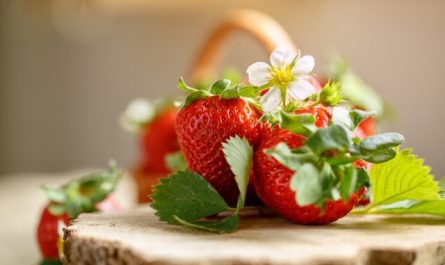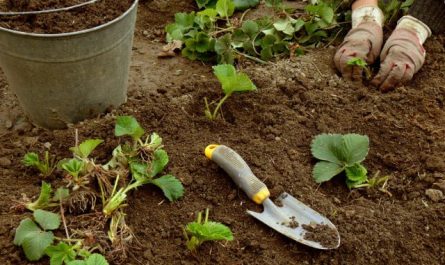Recently, it has been 30 years since I became a summer resident. I recalled some stages of my activity during this period and decided that my experience could be useful to the readers of Botanichka. I will share it little by little. I bought a tumbledown hut and a garden plot in a typical Russian village located on the shore of a huge Volga reservoir in the Tver province in 1984. Frankly, the impression from the purchase was joyless: everything looked very primitive and neglected – both the buildings and the garden itself. But my wife, relatives and friends and I were young, full of optimism, enthusiasm and bright creative plans. And we had to “create” almost from scratch.

Despite the many urgent construction works, it was decided to first of all buy seedlings for the garden, because the plot was empty: not a tree, not a flower. The previous owners, except for potatoes and cucumbers, apparently did not plant anything.
With the help of friends, we managed to get into one of the Moscow region nurseries, which apparently worked on the principle of distributors of Soviet times for VIPs. What wasn’t there! We bought two dozen elite apple tree seedlings, eight honeysuckle bushes. And then we trusted the tastes of the service personnel. They advised us the seedlings that were in fashion among Moscow summer residents at the time: seedlings of magnolia vine, quince, felt cherry, barberry, actinidia.
I will say right away that many of the proposed berry bushes were purchased in vain. Thus, actinidia bushes immediately gathered all the cats and dogs from the entire village, apparently due to some substance contained in them, from which these animals “went crazy”, lying on the ground belly up and convulsively writhing at the same time. Felt cherry bore fruit for a couple of years, several berries, and then dried up (there were 8 bushes).
The barberry started to grow well (also 8 bushes). The leaves on the bushes were of different colors, looked very decorative, but took up a lot of space on the plot, although they were planted near the fence along the edges of the plot. My wife had enough patience to pick barberry berries only for two seasons, because she was very irritated by the thorns. We had to dig up the already developed, beautiful and powerful bushes, load them into a car trailer and take them to friends who had a huge garden plot. The sight during transportation looked great – a whole decorative garden on wheels.
One bush of lemongrass is still growing on the plot, but it bears poorly. My wife collects about a glass of berries and makes a vodka tincture from them. The drink is wonderful, but not enough. The satisfaction that remains from the VIP nursery is the variety of elite apple varieties (they still delight us with their abundant fruiting, even in their old age) and the shockingly low price of all purchases (essentially, the entire garden) – 16 rubles 30 kopecks. What will I plant in the garden now instead of the bushes that did not “take root” in my garden? I chose mahonia.
Description of Mahonia
This is a relative of the barberry. Species of this berry evergreen shrub from the barberry family (Berberaceae) are common on many continents, among them there are winter-hardy North American ones that can grow here. Mahonia got its name in honor of the American gardener Bernard MacMahon, who drew attention to this plant and first described it in 1806. Unlike barberry, mahonia shoots are thornless. The most common in our country is the aquifolium mahonia. It is an evergreen shrub up to 1 m high.
Young shoots are pinkish-gray, then brown-gray. The leaves are leathery, shiny and dark green on top, matte and greenish on the bottom (in youth they can be reddish). The leaves are especially beautiful in winter – red-bronze. Yellow inflorescences are located at the ends of the shoots. The fruits are oblong berries up to 1 cm long, dark purple with a bluish bloom, red juice, sour, weighing 0,1-0,5 g. The berries are collected in bunches – which is faster and more convenient, or by tearing them off the stalks if the fruits are immediately processed.

Useful properties of mahonia
The yield of a Mahonia bush depends on pollination conditions. If cross-pollination is successful, the plant can be literally covered with fruits. Considering their small mass, an adult plant can produce up to 2,5 kg of berries.
The fruits are quite valuable in terms of nutrition. They contain sugars, organic acids, tannins, P-active and pectin elements, as well as a large amount of ascorbic acid. The fruits can be stored fresh for a long time if sprinkled with sugar, but they rarely stay for long, because gardeners enjoy making wonderful juices, compotes, and wines from them.
The latter is very important to me because I like to make homemade wines from berries, including grapes. I like to taste my wines and treat my friends to them. Fruits are also added as a blend to jams, kissels and purees.
Mahonia roots are used in medicine due to their high content of berberine, an active substance with an antibacterial effect. New studies show the ability of this substance to block the development of tumors. There is information about the inedibility or even toxicity of mahonia fruits. But this is not true. Yes, the fruits of both barberry and mahonia contain alkaloids, which are especially abundant in the seeds and bark of plants.
These alkaloids are used in medicine, as they have choleretic, diuretic and anti-inflammatory effects. But there are few of them in the pulp of the fruit, they are even useful from a prophylactic point of view, although for the sake of caution these fruits are not recommended for pregnant women. As a substitute for barberries, they are added to pilaf.

Reproduction of Mahonia
Mahonia is propagated by seeds, root suckers, layering, green and woody cuttings. The method of propagation by sowing seeds is the simplest: they are sown immediately after harvesting the fruits in the fall, long before the soil freezes (of course, the seeds from the collected ripe fruits should be washed from the pulp).
You can plant mahonia seeds in the spring, but in this case, preliminary stratification in wet sand or sawdust is required (for 3-4 months at a temperature of 0-5 degrees). It is recommended to make layering in the spring so that they develop roots over the summer, and in the fall the young plants will be ready for transplantation to a permanent location.
Green and woody mahonia cuttings root quite well, they are usually cut with 4-6 buds. It is better to do this in early spring, before the buds swell, but it is also possible in autumn.
Mahonia requires little attention. It is one of the most unpretentious plants in culture, it is easy and pleasant to grow. Even with pruning you can not be clever: it is enough to periodically remove diseased, broken or weak branches. The plant is resistant to pests and diseases, quite frost-resistant, quite confidently winters without shelter. However, if the winter is not very snowy, it is better to play it safe and cover the plants with dry leaves, sawdust, spruce branches or sprinkle with snow (especially in the first year of cultivation).

Many amateur enthusiasts still prefer to propagate mahonia vegetatively by rooting green or woody cuttings. In early spring, they cut woody cuttings, remove the leaves and put them in a jar of water, which is kept outdoors in the shade. The mahonia cutting should be almost completely immersed in water, with the exception of 2-3 upper buds. After two months of exposure, roots form on the cuttings.
When they reach 5-7 cm in length, the cuttings with roots are planted in the ground, covering with a glass jar or other transparent polyethylene container. About ten days after planting, you can begin to harden them, gradually opening the containers, thereby providing access of fresh air to young plants. Mahonia loves moist, humus-rich loamy soils, but can also grow on poor and dry ones. In this case, it grows worse. In addition, the richer and looser the soil, the higher the shoot-forming ability of mahonia, and this is very important for obtaining decent harvests.
Breeders recommend two varieties of mahonia for cultivation – Bluemun and Bluecloud, because they have larger fruits. But this does not mean that experienced gardeners are closed to searching for the most interesting forms of mahonia. In addition to aquifolium mahonia, a closely related species can be used in landscaping and fruit growing – creeping mahonia, almost unknown in culture and an even lower shrub, up to 0,5 m in height.
It also comes from North America. It is not much different from the previous species in appearance, but is less spectacular than Mahonia arbutus. However, this species is more winter-hardy. Even near Arkhangelsk, it overwinters without shelter, blooms and bears fruit. It is advisable to use Mahonia arbutus as a decorative ground cover plant throughout the year, for example, on alpine hills and especially in the harsh conditions of northern regions. Its shoots take root easily.

PS: As I mentioned, I think the most effective way to use berries grown on your own plot is to make homemade wine from them. What could be more enjoyable than treating your loved ones, family and friends with your wine! I would like to inform you that today I like to make wine from the following berries and fruits: apples, red currants, black currants, gooseberries, raspberries and viburnum. I recently started making wine from grapes. I regret that I started growing it late.
My friends, it is necessary to master the agricultural technology of growing grapes: it bears fruit beautifully and reproduces well. Thanks to my son, who mastered pruning grapes, after which the grapes began to give decent harvests. Gooseberry wine ferments well, it is not for nothing that gooseberries are called Siberian grapes. Mahonia is called Oregon grapes in the USA, apparently, also for a reason. All that remains is to start growing it and try it in home winemaking.
